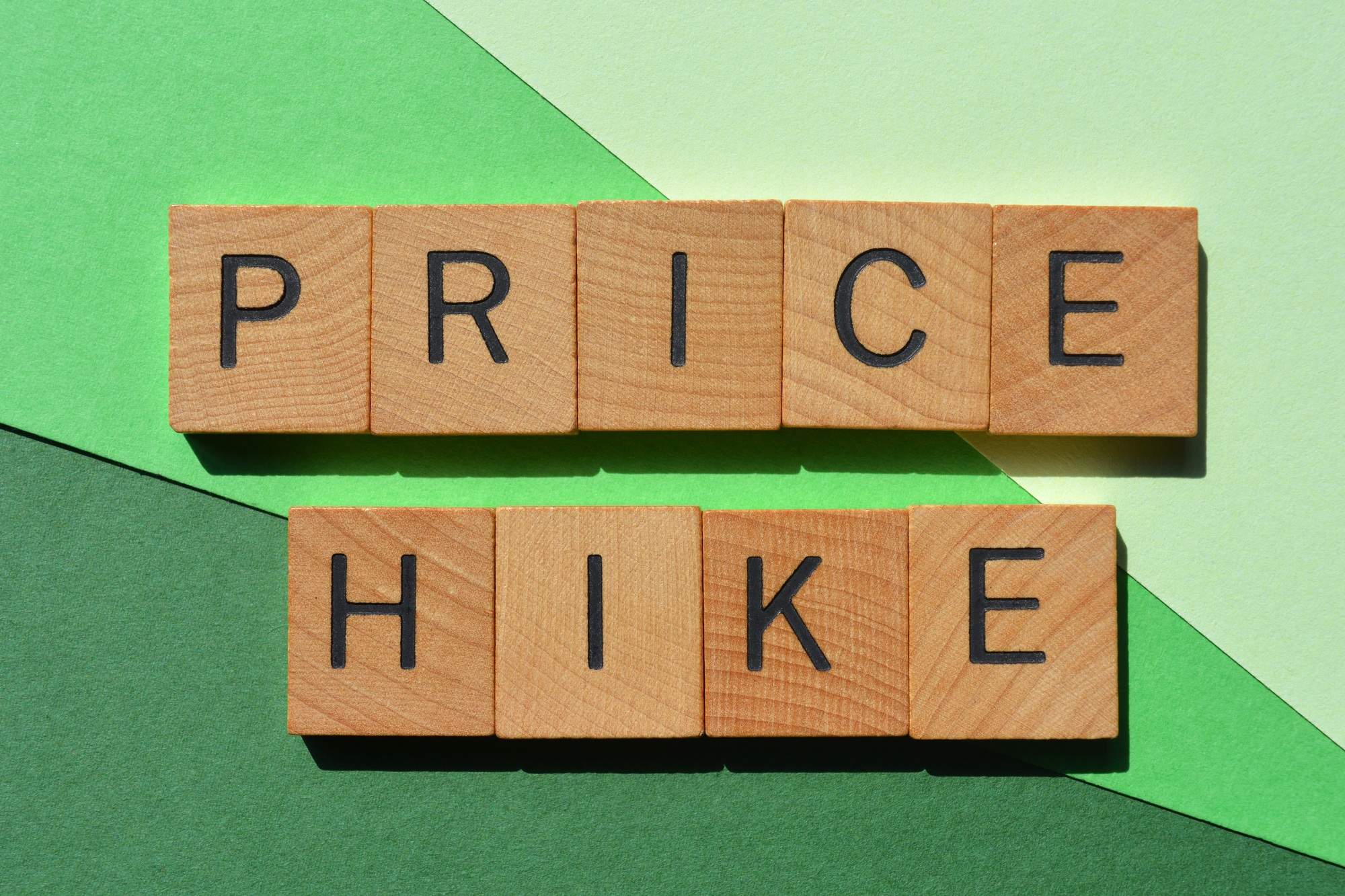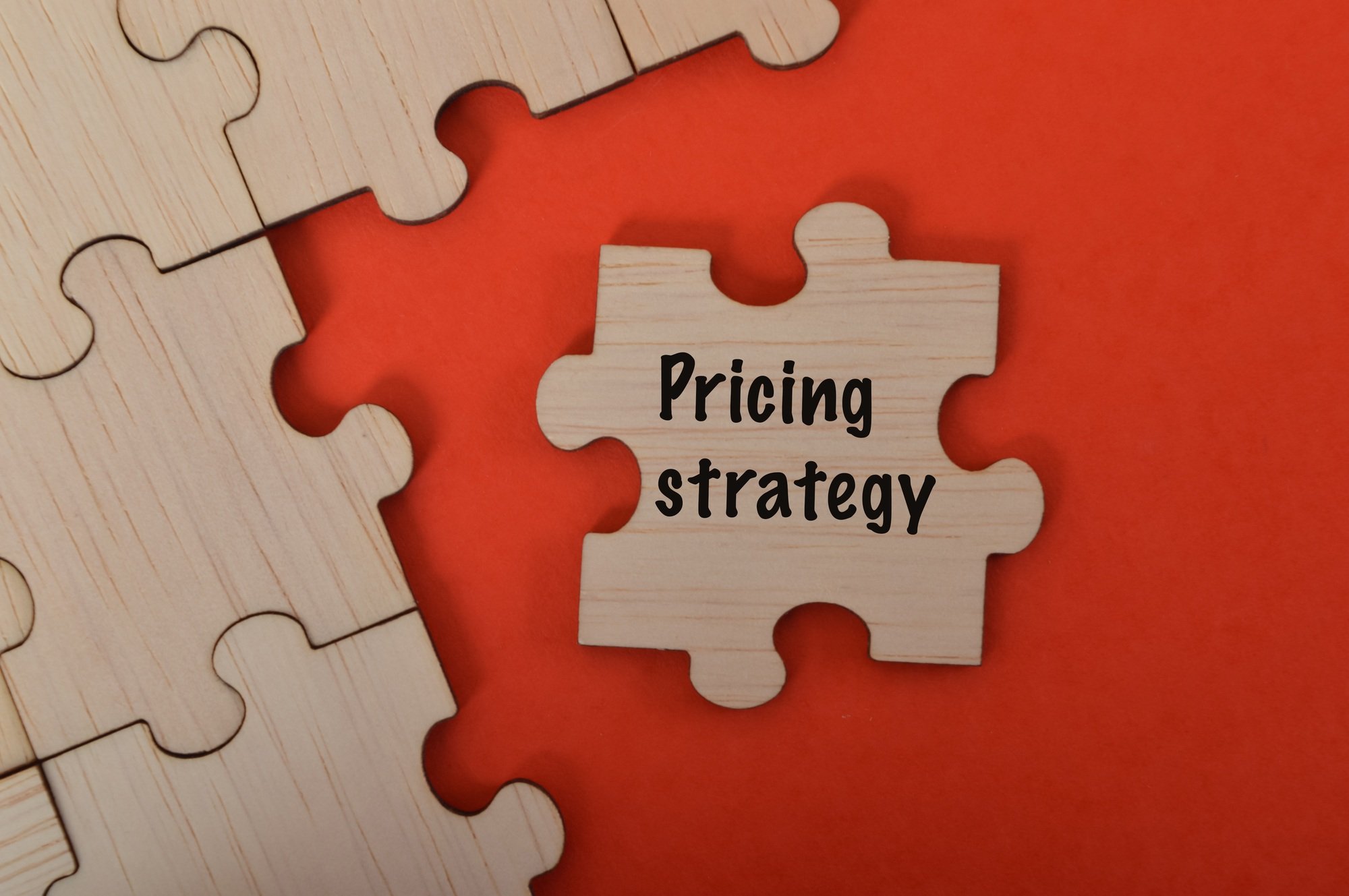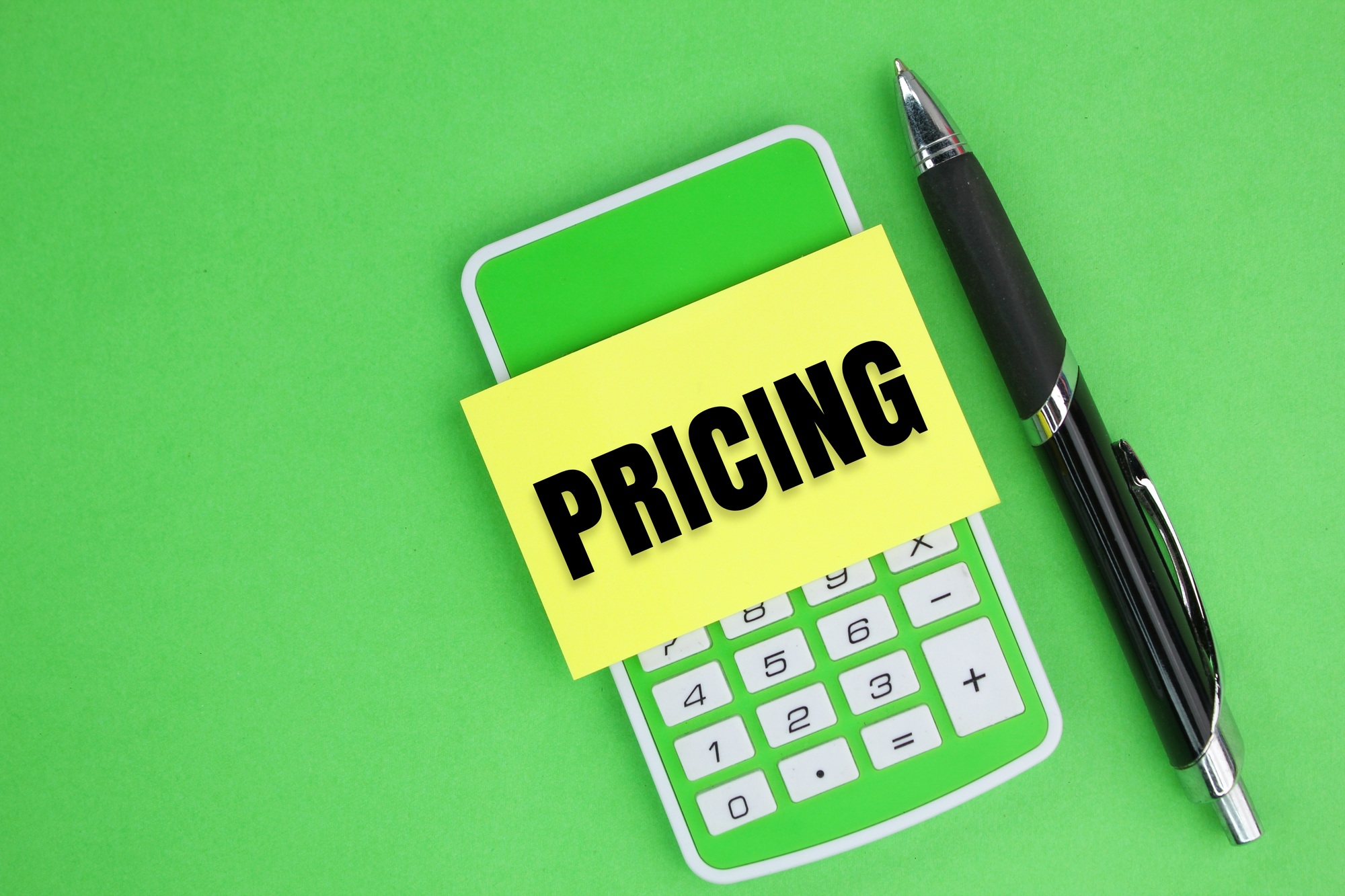Key Takeaways

- Understanding the balance between competitive pricing and value is crucial for business success.
- Cost-plus pricing ensures all expenses are covered while achieving consistent profit margins.
- Value-based pricing allows businesses to charge according to the perceived worth of their offerings to customers.
- Factors like industry standards and competitor analysis play a significant role in determining effective pricing strategies.
- Choosing between hourly and project-based pricing can impact client relationships and project management.
- Implementing tiered pricing structures can help attract a diverse range of clients and maximize revenue potential.
Determining how much to charge for your products or services can be a daunting task. You want to ensure you’re not undervaluing your work while also staying competitive in the market. Striking the right balance is crucial for your business’s success and sustainability.
In this article, you’ll discover practical strategies to help you set your prices confidently. From understanding your costs to analyzing your target audience, these insights will empower you to make informed decisions. Whether you’re a freelancer, a small business owner, or an entrepreneur, knowing how to price your offerings effectively can make all the difference in attracting clients and boosting your bottom line.
Understanding Pricing Strategies

Effective pricing strategies provide a foundation for small businesses to remain competitive while ensuring profitability. By understanding various methods, you can confidently set prices that reflect your offerings’ true value.
Cost-Plus Pricing
Cost-plus pricing involves calculating the total cost of producing a product or service and adding a mark-up for profit. For example, if your total costs amount to $20, adding a 30% mark-up results in a selling price of $26. This strategy ensures all costs are covered while achieving a consistent profit margin. Small businesses often utilize this approach due to its simplicity. Consider adjusting your mark-up based on market conditions and competitor pricing to remain appealing to customers.
Value-Based Pricing
Value-based pricing focuses on the perceived value of your product or service to the customer rather than solely on costs. To implement this strategy, conduct thorough market research to understand what customers are willing to pay for your offerings. For instance, if your unique service saves clients significant time or money, you might charge premium prices reflecting this value. This method often results in higher profitability and better customer loyalty. Small businesses that leverage value-based pricing can differentiate themselves in a crowded retail market, attracting clients eager to invest in perceived quality.
Factors Influencing Pricing

Setting a price involves multiple considerations that directly impact your small business’s profitability and competitiveness. Understanding these factors is key to establishing a price that reflects the true value of your offerings.
Industry Standards
Following industry standards helps your small business determine where you fit within the competitive landscape. Market research reveals common pricing trends, average rates, and acceptable margins within your sector. For example, in retail, products often follow price ranges based on quality and brand positioning. Knowing these benchmarks allows you to justify your prices and adjust them appropriately to meet customer expectations or capitalize on a premium position.
Competitor Analysis
Analyzing competitors provides insight into their pricing strategies, which can guide your own pricing decisions. Identify direct competitors selling similar products or services and examine their prices. For instance, if most retailers charge $50 for a particular item, pricing your product significantly higher without added value could deter customers. Conversely, offering competitive pricing can attract price-sensitive buyers. Use this analysis to refine your unique selling proposition, ensuring your prices not only compete but also align with your market strategy.
Calculating Your Rates

Determining your rates involves understanding different pricing strategies that fit your small business model. You must evaluate options carefully to align your pricing with your services while remaining competitive.
Hourly vs. Project-Based Pricing
- Hourly Pricing: You charge clients based on the actual time you spend on a project, calculated in hours or days. This method offers flexibility, enabling adjustments as project scopes change. It’s particularly beneficial for long-term projects or tasks with unforeseen variables. Notably, clients may face budgeting uncertainty since final costs may fluctuate based on hours worked. Lower risk exists for you, the provider, as you receive compensation for every hour dedicated to the project. Hourly pricing works best for maintenance jobs or situations with evolving requirements.
- Project-Based Pricing: This model sets a fixed price for the entire project, regardless of time or resources consumed. By agreeing on a flat rate upfront, you provide clients with cost predictability. Project-based pricing fosters trust, as clients know exactly what they’ll pay. It’s crucial for projects with a clearly defined scope, ensuring both you and your clients achieve satisfactory outcomes.
Pricing Tiers and Packages
You can create pricing tiers or packages to appeal to a broader range of clients. A tiered pricing structure allows you to offer different service levels at varying price points. Each tier can represent distinct features, benefits, or service lengths, giving clients options that suit their needs and budgets.
- Basic Tier: This entry-level option targets budget-conscious clients, providing essential services at a lower rate.
- Standard Tier: This mid-range package includes additional features that enhance value without overwhelming clients with choices.
- Premium Tier: This top-tier package offers the most comprehensive services, appealing to clients who seek quality and are willing to invest accordingly.
By implementing pricing tiers, you increase your potential to attract diverse segments within your target market in the retail sector, setting your small business up for greater success.
Adjusting Your Prices

Adjusting your prices is crucial for maintaining profitability in a small business. Consider using effective strategies to ensure your pricing reflects your costs and market positioning.
When to Raise Your Rates
Raise your rates when costs increase, such as materials, labor, or overhead expenses. Monitor industry standards to ensure your prices remain competitive despite rising costs. You might also consider raising your rates when you’ve enhanced your offerings or improved customer service. Frequent price adjustments help maintain profit margins and reflect your business’s growing value.
Communicating Price Changes
Communicating price changes effectively fosters customer trust and understanding. Notify your customers well in advance of any price increase, outlining the reasons behind the change. Use multiple channels like email newsletters, social media, and in-store signage to reach your audience. Reinforce the value they receive from your products or services, ensuring they understand the benefits that justify the new pricing.
Conclusion

Setting the right price for your products or services is crucial for your business’s success. By understanding your costs and analyzing your target audience you can confidently determine a pricing strategy that works for you. Whether you choose cost-plus or value-based pricing the key is to remain adaptable and responsive to market changes.
Don’t hesitate to adjust your prices as needed and communicate these changes clearly to your clients. This builds trust and reinforces the value you provide. With the right approach to pricing you can attract more clients and enhance your profitability while standing out in a competitive landscape.
Frequently Asked Questions

What are the main challenges in setting prices for products or services?
Setting prices can be challenging due to the need to balance competitiveness with the value of your work. Undervaluing your offerings can hurt profitability, while pricing too high may deter potential customers. Understanding costs, the target audience, and market dynamics is essential in finding the right price point.
What are cost-plus pricing and value-based pricing?
Cost-plus pricing involves calculating total production costs and adding a profit margin. It’s straightforward and ensures costs are covered. Value-based pricing focuses on the perceived value to the customer, aligning prices with what they’re willing to pay. This method can enhance profitability and customer loyalty.
How can small businesses evaluate industry standards for pricing?
Small businesses can evaluate industry standards by researching common pricing trends and acceptable margins within their market. This involves studying competitors, consulting industry reports, and engaging with industry groups. Understanding these standards helps position a business competitively while ensuring prices align with customer expectations.
What are some common pricing strategies for small businesses?
Common pricing strategies include hourly pricing, project-based pricing, and tiered pricing. Hourly pricing allows flexibility, while project-based pricing offers clients fixed cost predictability. Tiered pricing with various service levels caters to different client segments, making it easier to attract a broader market.
How should a business determine when to adjust its prices?
A business should consider adjusting prices when costs increase or when they enhance their offerings. Regularly reviewing expenses and market trends helps ensure profitability. Communicating these changes effectively to customers is crucial for maintaining trust and justifying the new pricing.
Image Via Envato



